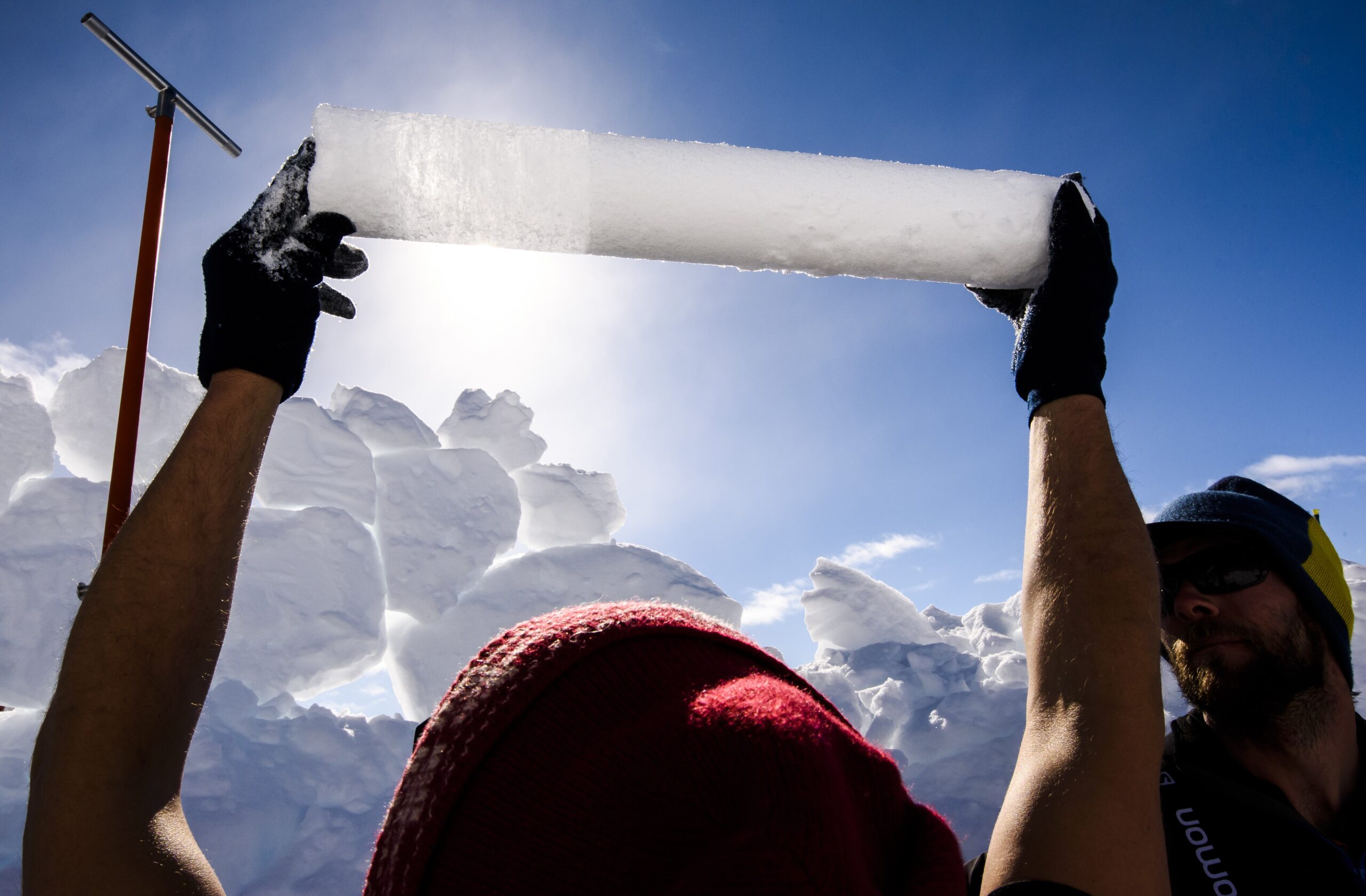A Day of Snow Like No Other
According to data from the Danish Polar Portal, a startling 2 billion tonnes of snow accumulated over Greenland in just one day—a figure that starkly contrasts with the typical melting events that dominate headlines. This sudden spike in snowfall was primarily fueled by an intense atmospheric river, a band of moisture that can transport water vapor across continents and oceans. The event not only added significantly to the ice sheet’s surface mass but also delayed the onset of melt periods typically observed during this time of year.
The Role and Impact of Atmospheric Rivers
Studies like those conducted by Bailey et al. (2025) have shown that atmospheric rivers possess a dual capability—they can both alleviate and exacerbate the impact of climate change on glacier dynamics. While these rivers can temporarily offset annual mass losses on vast ice structures such as Greenland, they also pose a risk of increasing precipitation in the form of rain instead of snow if temperatures continue to rise. This could potentially lead to accelerated ice loss, tipping the balance unfavorably for ice preservation.
Technological Advancements in Monitoring Ice Changes
In recent years, technological developments have played a pivotal role in tracking these changes with greater accuracy. Innovations such as improved firn core sampling techniques allow scientists to analyze past snowfalls more precisely, tracing them back to specific atmospheric events like those observed in August 2025. Moreover, advancements in satellite remote sensing provide real-time data crucial for understanding daily fluctuations across Greenland’s vast ice sheet.
Expert Perspectives on Media Coverage and Environmental Implications
The sparse media coverage surrounding this significant snowfall event raises questions about public awareness and the narrative surrounding climate-related phenomena. Experts suggest that while such events offer a glimmer of hope and demonstrate nature’s resilience, they should not overshadow the larger picture of perennial ice loss due to rising global temperatures.
“Single-day events, while noteworthy, do not reverse ongoing trends,” explains Dr. Anne-Marie Watson, a glaciologist affiliated with the National Snow and Ice Data Center. “While it’s important to celebrate gains where they happen, understanding that these are mere punctuations in an otherwise consistent narrative of loss is vital.”
Looking Forward: Implications for Climate Policy and Research
This remarkable event underscores the need for nuanced climate policies that consider both acute occurrences and long-standing trends. Policymakers should invest in research that integrates dynamic environmental changes with historical data to forecast future conditions more reliably.

KEY FIGURES
- 2 billion tonnes of new snow fell on Greenland in a single day in mid-August 2025 according to the Danish Polar Portal surface mass balance data for August 22, 2025 (Source: Danish Polar Portal https://polarportal.dk/en/greenland/surface-conditions/).
- In March 2022, an intense atmospheric river event deposited 16 billion tons of snow on Greenland, offsetting annual ice loss by 8% and delaying summer melt by about 11 days (Source: AGU press release, 2025-03-03 https://news.agu.org/press-release/atmospheric-rivers-big-snowstorm-greenland/).

- Greenland lost approximately 80 billion tons of ice due to iceberg calving between Sept 2023 and Aug 2024, despite occasional surface snowfall increases (Source: YouTube analysis, Jan 2025 https://www.youtube.com/watch?v=9KrkshSco-0).
RECENT NEWS
- A major snow event in August 2025 deposited 2 billion tonnes of snow on the Greenland Ice Sheet, a significant surface mass balance gain not widely reported by mainstream media (Source: Danish Polar Portal, 2025-08-22 https://polarportal.dk/en/greenland/surface-conditions/).
- Studies highlight the role of atmospheric rivers in delivering large snowfall events to Greenland, temporarily offsetting ice loss and delaying melt seasons (March 2022 event) (Source: AGU, March 2025 https://news.agu.org/press-release/atmospheric-rivers-big-snowstorm-greenland/).
- Despite occasional snowfall gains, Greenland continues to lose net ice mass primarily due to iceberg calving and basal melting at glacier fronts (Source: YouTube channel “Count Everything”, Jan 2025 https://www.youtube.com/watch?v=9KrkshSco-0).
STUDIES AND REPORTS
- Bailey et al. (2025, Geophysical Research Letters): Demonstrated that massive snowfall events fueled by atmospheric rivers can recharge the Greenland snowpack, offset annual mass loss by 8%, and delay the onset of summer melt by nearly two weeks. However, rising temperatures may shift precipitation from snow to rain, which accelerates ice loss (Source: https://agupubs.onlinelibrary.wiley.com/doi/10.1029/2024GL110121).
- Atmospheric Rivers and Greenland Ice Mass: The study used firn core sampling to trace snow deposited by atmospheric rivers, showing complex impacts on mass balance and melt timing, with implications for future Arctic climate modeling (Source: Modern Sciences, 2025-03-11 https://modernsciences.org/atmospheric-rivers-greenland-ice-loss-snow-march-2025/).
TECHNOLOGICAL DEVELOPMENTS
- Danish Polar Portal: Real-time monitoring platform integrating meteorological station data, runoff measurements, and satellite observations to provide daily Greenland Ice Sheet surface mass balance updates (Source: https://polarportal.dk/en/greenland/surface-conditions/).
- Firn Core Sampling Techniques: Advanced isotopic analysis of deep snow cores enables precise attribution of snowfall events to atmospheric rivers and detailed tracking of snowpack changes (Source: Bailey et al., 2025).
- Satellite Remote Sensing: Ongoing improvements in satellite data (e.g., from NASA-funded NSIDC Ice Sheets Today project) allow near real-time tracking of ice sheet melt areas and surface conditions (Source: NSIDC, 2025 https://nsidc.org/ice-sheets-today).
MAIN SOURCES
- https://polarportal.dk/en/greenland/surface-conditions/ – Official Danish Polar Portal with up-to-date Greenland surface mass balance data.
- https://news.agu.org/press-release/atmospheric-rivers-big-snowstorm-greenland/ – AGU press release on atmospheric rivers delivering massive snowfall to Greenland.
- https://agupubs.onlinelibrary.wiley.com/doi/10.1029/2024GL110121 – Peer-reviewed study by H. Bailey et al. on snow recharge from atmospheric rivers.
- https://modernsciences.org/atmospheric-rivers-greenland-ice-loss-snow-march-2025/ – Summary of research on atmospheric rivers’ impact on Greenland ice.
- https://nsidc.org/ice-sheets-today – NSIDC resource for satellite-based ice sheet monitoring.
- https://www.youtube.com/watch?v=9KrkshSco-0 – Video analysis of Greenland ice mass changes and tipping point discussions by climate science communicator.
Summary: On August 22, 2025, Greenland experienced a significant surface mass balance gain of about 2 billion tonnes of new snow, tracked via the Danish Polar Portal. This event aligns with scientific evidence showing that atmospheric rivers can deliver large snowfall amounts capable of temporarily offsetting ice loss and delaying melt seasons. However, despite these episodic gains, Greenland’s overall ice mass continues to decline due to iceberg calving and other processes. Current monitoring technologies and recent studies provide critical insight into these dynamics, though mainstream media coverage remains limited on such specific snowfall events.
Other references :
CNN – https://edition.cnn.com/2019/06/14/us/greenland-sudden-ice-melt-wxc
news.agu.org – Intense atmospheric rivers can replenish some of the …
modernsciences.org – Study Finds Atmospheric Rivers Can Slow Greenland Ice …
youtube.com – What Has Happened to the World’s Ice? Greenland Tipping …
agupubs.onlinelibrary.wiley.com – Snow Mass Recharge of the Greenland Ice Sheet Fueled by …
nsidc.org – Ice Sheets Today
polarportal.dk – Source
polarportal.dk – Source
polarportal.dk – Source
polarportal.dk – Source
svs.gsfc.nasa.gov – Source
nsidc.org – Source
nature.com – Source
commondreams.org – Source
wattsupwiththat.com – Source
climatechangedispatch.com – Source
link.springer.com – Source
nature.com – Source
amp.theguardian.com – Source
downtoearth.org.in – Source



